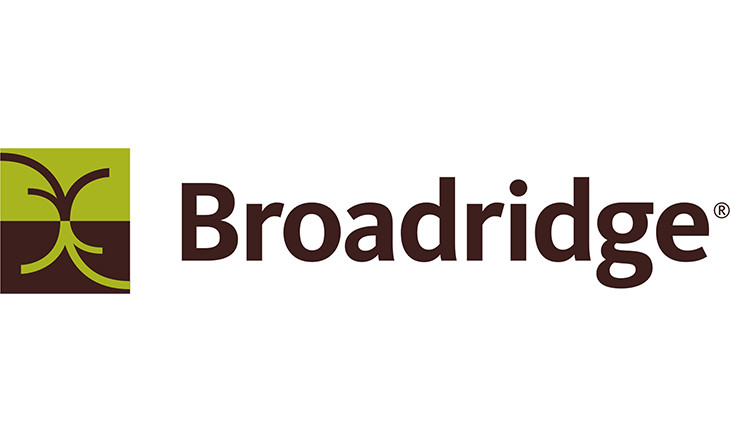A new report, Blockchain in Financial Markets: Gaining an Edge, released today by Bain & Company in partnership with financial technology provider Broadridge Financial Solutions, Inc. (NYSE:BR), reveals that Distributed Ledger Technology (DLT) is gaining significant momentum in financial markets. More than 80% of financial markets executives interviewed expect the impact of blockchain to be “transformative” and be adopted by financial institutions by 2020.
What are the highlights:
- Research estimates US$15-30 billion total cost and capital savings to global financial market ecosystems
- More than 80% of respondents expect distributed ledger technology (DLT’s) impact on clearing and settlement to be “transformative”
- While 40% of firms still take a wait and see approach, the report finds that firms can identify “no regret” Distributed Ledger Technology DLT readiness preparations to navigate uncertainty and to gain a competitive edge
- Report identifies four distinct archetypes for DLT adoption; and certain asset classes and activities that are ripe for DLT. In more integrated markets like Australia, Japan and China DLT is likely to reinforce a relatively integrated structure for cash securities
The European Securities and Markets Authority (ESMA) has issued a report on Distributed Ledger Technology (DLT) just a few days ago.
At the same time and paradoxically, more than a third (38%) of those surveyed said they are taking a “wait and see” approach to the technology.
It’s clear that financial organizations are talking about or preparing for DLT, yet despite delays in adoption, these firms cannot ignore the impacts on market structure,” said Thomas Olsen, Bain partner and the firm’s global leader for C&IB and Market Infrastructure. “Firms need to elevate their thinking on DLT beyond their innovation labs. The question requires a top-down, strategic lens to complement the bottom-up experimentation” he added.
The study finds that each firm needs to define the right approach given their position in the ecosystem.
Most firms could be doing more to identify the no-regret DLT readiness preparations they should be taking, mapping out clearly how they prioritize their efforts across specific use cases. One way or another, firms that want to gain an edge must make significant changes to their processes, policies and IT architecture – much of this preparation does not need to wait for complete certainty on how DLT will be implemented.
Market participants who will win as DLT is adopted will spend less energy on excuses for inaction and more on developing a strategic and longer-term approach, focused on driving towards a more efficient ecosystem and plotting a course consistent with who they are, what they do and where they operate.
Those firms that are less systematic and more short-sighted in their approach are likely to see their businesses disrupted as they become less competitive.
The report finds that the winners will be those firms are already taking a very systematic, top-down and bottom-up approach to DLT, including analyzing how the ecosystem will evolve, thinking broadly about alternative roles they can take in the evolving ecosystem and prioritizing their roadmaps for DLT experiments and investments.
